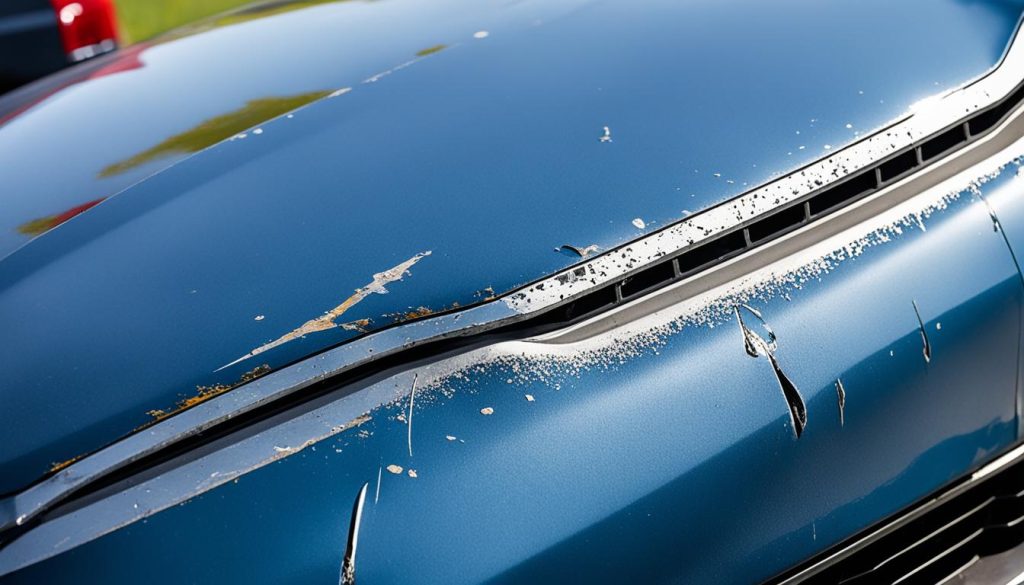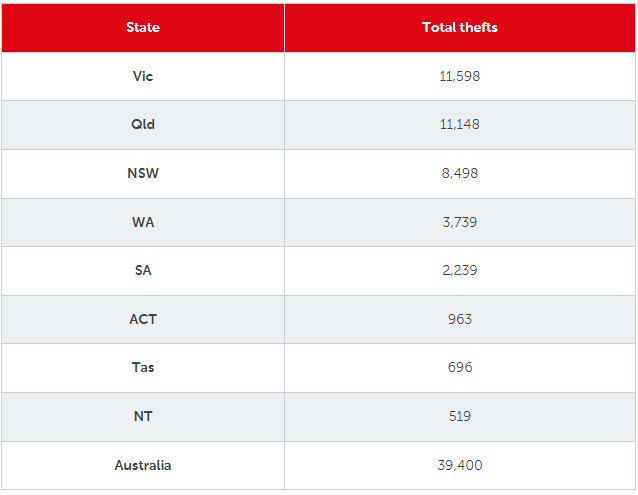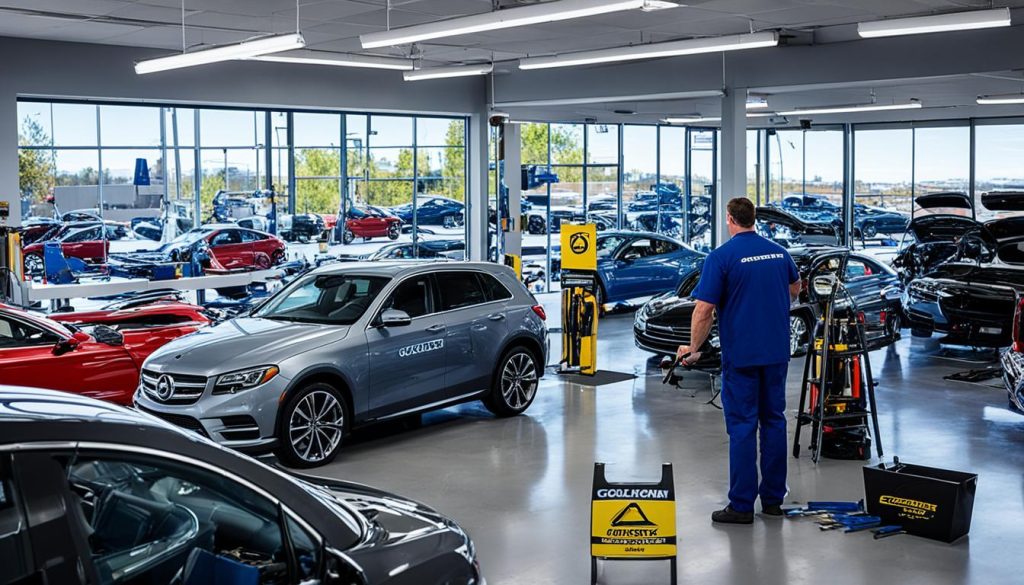Recently one of my Facebook groups was up in arms over a major announcement from Car and Driver magazine. In case you missed it, they’re changing from a 12-issue annual subscription to just six. But the new format will be larger, with double the pages and on better paper. So 6 = 12 in the new math, somehow.
The reason this caused such a stir in that group probably had more to do with the nature of the group itself. It’s a private page for the community of automotive media professionals – writers, photographers, PR staff, and others in the business. For a group of colleagues I’ve known for two decades now, this hit close to home.
Of course, none of this was really news to our group either. Car and Driver was simply the last domino to fall in a long line of former “big book” titles. Road & Track had already moved to six premium issues a year, and both Motor Trend and Hot Rod had earlier announced a move to quarterly print. Car Craft was euthanized unceremoniously and Automobile magazine folded years ago, many of its staff ending up running Hagerty’s in-house magazine.
Having covered the new car scene for an exclusively digital publisher most of my career, I saw the writing on the wall for traditional magazines more than a decade ago. The internet allows – and in fact rewards – instant gratification, but the print cycle takes time. And money. A lot of money. When every title is relying on the same new car content, time is money. The faster you can publish, the better it is in the long run. I used to watch fellow journalists compete to see whose story would rank first in Google while still at the product launch. That’s what the business became.
Of course, pushing more people to read the website instead of waiting for the print edition to arrive changed the advertising revenue as well. Digital dollars aren’t as generous as print and advertisers can’t easily mine valuable analytical data from print ads like they can from digital clicks. Print budgets saw revisions accordingly.
The few print publications that remained got physically smaller with fewer pages to fill as advertisers fled from paper. I was actually embarrassed by the last copy of Car and Driver I picked up; it felt like a comic book. And so the viscous cycle continued until we got to the current situation.
I said I saw the writing on the wall more than a decade ago, and yet in late 2016 I launched my own print magazine anyway. It was a small, extremely niche magazine for Land Rover owners, published quarterly on quality paper. Sound familiar? It should, because that’s the current playbook for lifestyle magazines, which dominate today’s newsstands. These titles focus less on time-sensitive information in favor of deeper storytelling for specialized communities of enthusiasts.
Despite all the changes to the car magazines we once knew, today’s newsstand (if you can find one) is filled with vibrant new titles. A recent scan of my local Barnes & Noble showed dozens of magazines dedicated to every niche of the automotive hobby. Most are hyper focused on a single brand or interest rather than general automotive topics.
It’s true, these publish less frequently and they cost more to purchase. But for the right readers, they also provide a lot of entertainment, inspiration, and even value. All that, plus an immersive, uninterrupted experience that can’t be matched on a phone or laptop screen.
The car magazine still has a lot of life left in it, as far as I can tell. Just not the car magazines you remember. You owe it to yourself to check out some of the great new titles that have emerged in recent years. But what do I know?
#Happened #Car #Magazines












